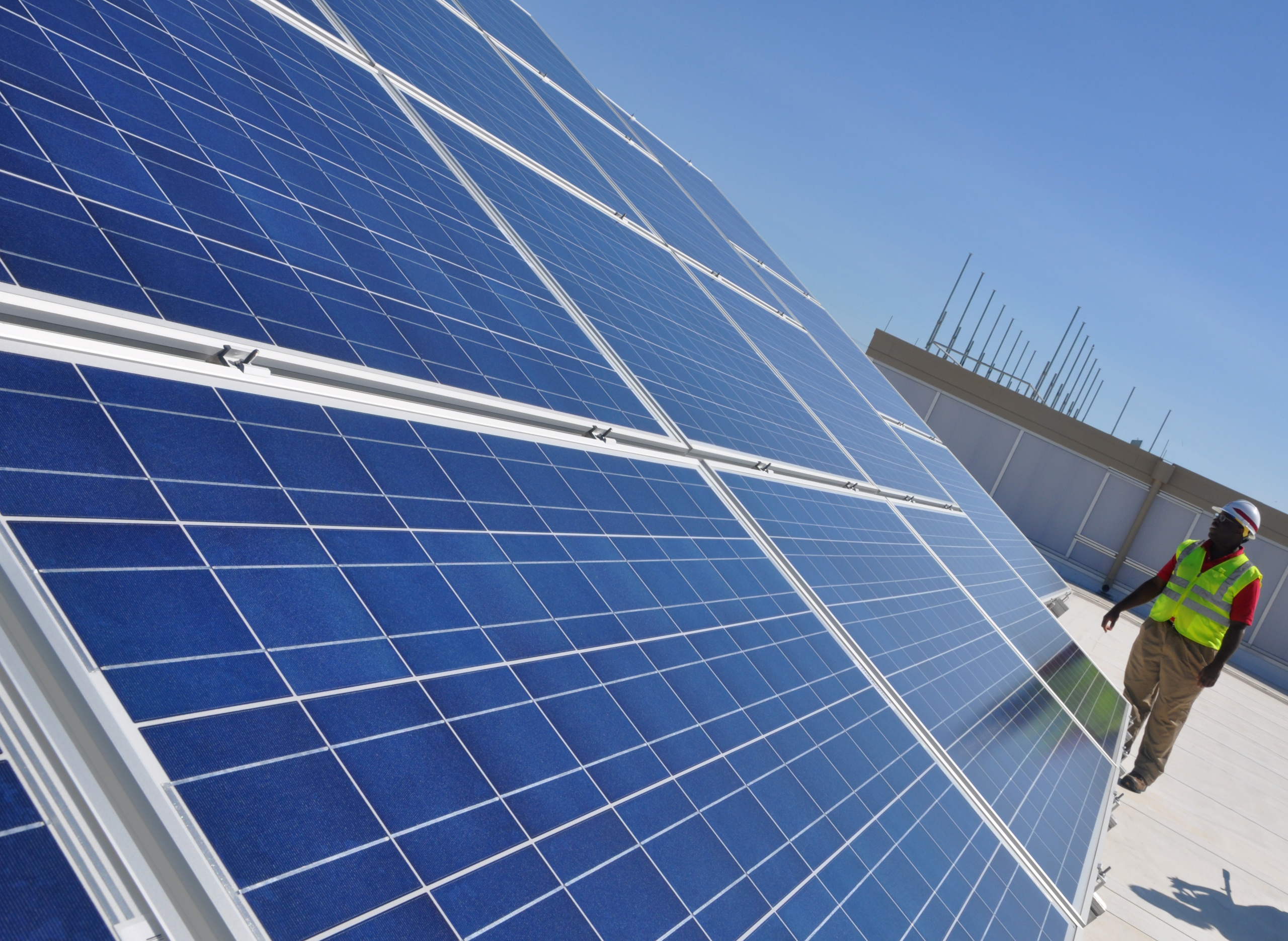
Gov. Newsom: Let’s go solar along California’s highways
Every day the sun provides a practically limitless source of clean energy across our state. Gov. Newsom and the state legislature should tap into the huge renewable energy potential of California’s highway rights-of-way.
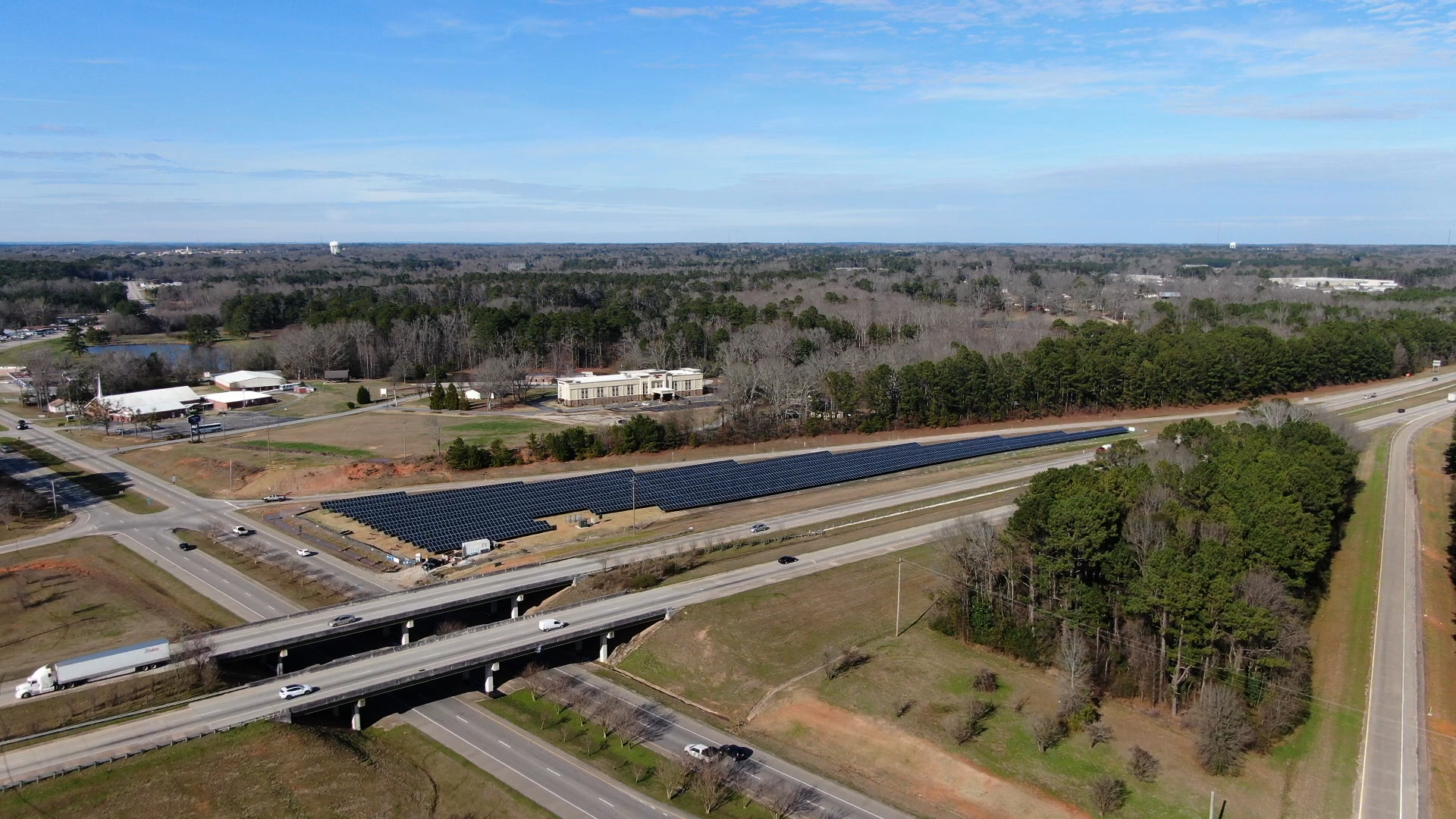
California has long been a leader in harnessing the clean energy potential of solar power. We generate more solar energy than any other state- three times more than the next state- and enough to power over 5 million homes each year as of 2021. Solar is an increasingly common fixture on rooftops, but there are so many additional areas perfect for solar panels where we can expand the benefits of clean energy.
California needs more solar
The California Energy Commission (CEC) estimates that California needs to build an unprecedented amount of new clean energy capacity, at least 6 gigawatts each year, if we are to meet our goal of 100% clean electricity by the year 2045. State officials assume that California will need to nearly quadruple its rooftop solar capacity to reach its climate and clean energy goals, in addition to even larger amounts of utility-scale solar.
Part of the problem is that it can be difficult to go solar, and there are many competing uses for land other than for solar panels. California needs to utilize more areas for solar that do not interfere with existing uses for that land, thus reducing the need for solar on undeveloped or agricultural land. Spaces that the state already controls, like highway rights-of-way, are perfect sites for renewable energy projects that do not disturb untouched land.
Solar highways: a solution for California
California has a tremendous amount of space along its highways that could accommodate solar panels. States across the nation are tapping into unused space next to highways to generate solar power, and California can be the next state to take advantage of this clean energy potential.
Putting solar along highways can take roadside parcels that currently cost the state money to maintain, and turn that land into a revenue generating opportunity through lease sales and reduced electricity costs. For example, just three right-of-way solar sites in Augusta, Maine will soon generate 8.5 MW of solar energy, reduce state carbon emissions by up to 2,000 metric tons, and reduce annual state electricity costs by at least $7.2 million for the next 20 years according to an August, 2022 MaineDOT news release.
The Biden administration considers repurposing transportation rights-of-way for energy infrastructure like solar and transmission to be a “net-zero game changer” that can help the country meet its climate goals. Additionally, the Federal Highway Administration (FHWA) has issued guidance supporting utilization of these areas for renewable energy generation and encourages states to consider these alternate uses of highway rights-of-way.
Our track record
For decades, Environment California has fought for policies that have made California the national leader in solar.
In 2006, we established a “million solar roofs” vision by winning a commitment to install a million solar rooftops in the state, and the policies put in place since then have led to over 1.6 million solar roofs providing clean, renewable power throughout California.
More recently, our Renewables on the Rise dashboard highlights California’s nation-leading progress over the last decade in deploying solar, and our Shining Cities report shows how California has three of America’s top ten solar-producing cities, including the top two (Los Angeles and San Diego). We’ve issued reports on the rooftop solar potential of California’s superstores and warehouses, which together could power over 5.8 million households annually. We’ve stood up for California solar when the California Public Utilities Commission (CPUC) proposed steep cuts in rooftop solar incentives, responding with the environmental case for rooftop solar energy. We sponsored and passed a bill in 2023 to streamline the solar permitting process in cities and counties and make going solar easier for Californians.
In 2022, we spearheaded the effort to build on California’s commitment to achieve 100% zero-carbon electricity by passing a law setting stronger benchmarks on the way to that goal, including reaching 90% clean electricity by 2035 and 95% by 2040. To meet these important targets, California will need to harness the renewable energy potential of underutilized spaces like highway rights-of-way.
Senate Bill 49: going solar along California’s highways
Senate Bill 49 (SB 49), authored by Senator Josh Becker and sponsored by Environment California, would have California develop a strategic plan for making land in rights-of-way available for leasing to develop renewable energy generation, energy storage, and transmission lines. It would call on the Department of Transportation (Caltrans) to analyze how much space is suitable for solar and set targets for the amount of solar developed on leased land by 2030 and 2045.
Solar power is popular in California, and putting solar along highways has already demonstrated bipartisan support; SB 49 passed its first policy committee in the California Senate with a unanimous bipartisan vote.
Learn more about the effort to go solar along highways here, and check out the dozens of groups supporting SB 49 here.
Imagine solar panels lining highways up and down the state, powering local communities with renewable energy from the sun. Imagine cleaner air, healthier communities, and a safer future for all of us. That’s what we can achieve when we go big on solar, including solar highways, in California.
Topics
Authors
Steven King
Clean Energy Advocate, Environment California
Steven leads Environment California’s campaigns to increase clean, renewable energy throughout the Golden State, spearheading efforts to transition away from dangerous fossil fuels and address climate change. Steven lives in Los Angeles where he enjoys spending time outdoors, watching his favorite L.A. sports teams, and playing the trombone.
Find Out More
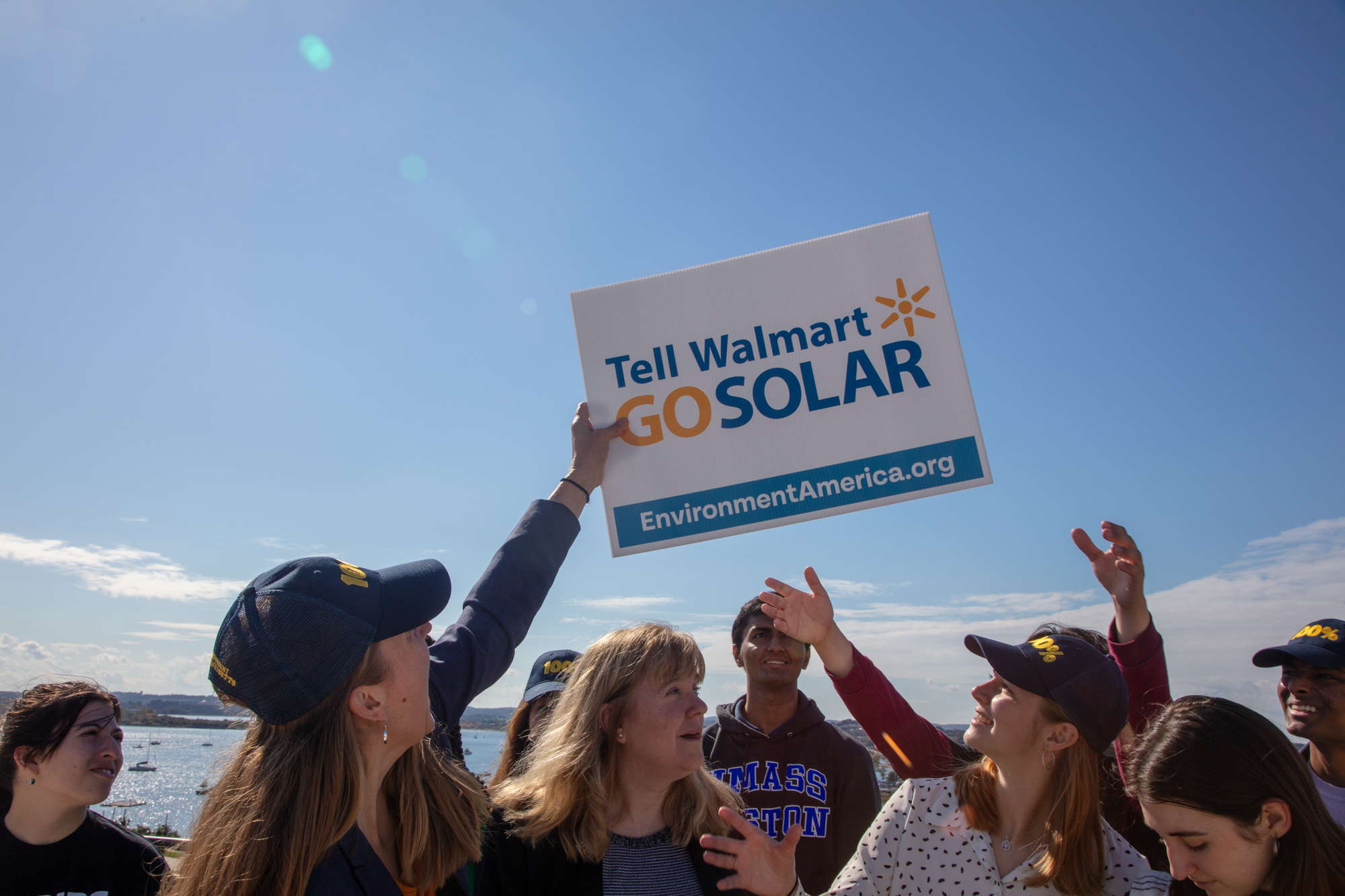
Which 10 American retailers can lead the way on rooftop solar?
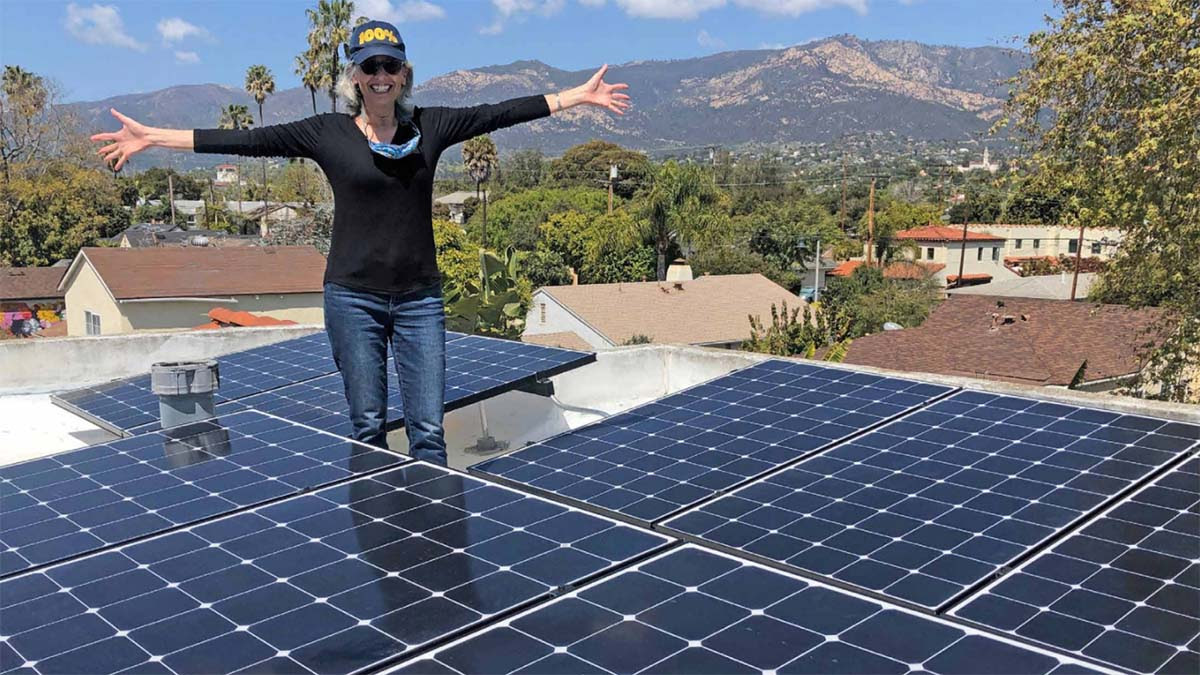
More rooftop solar, less red tape
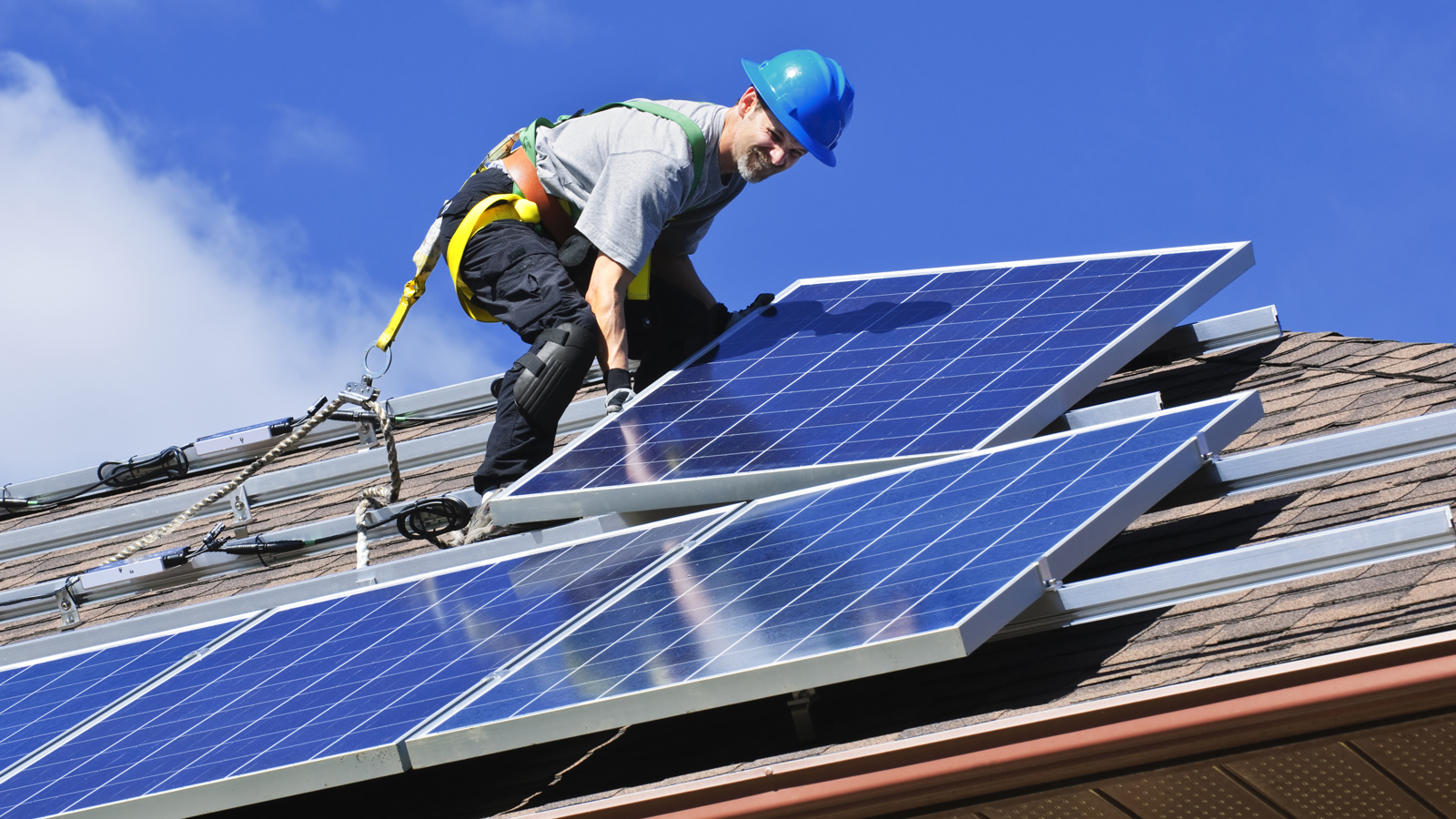
Establish the true value of rooftop solar
